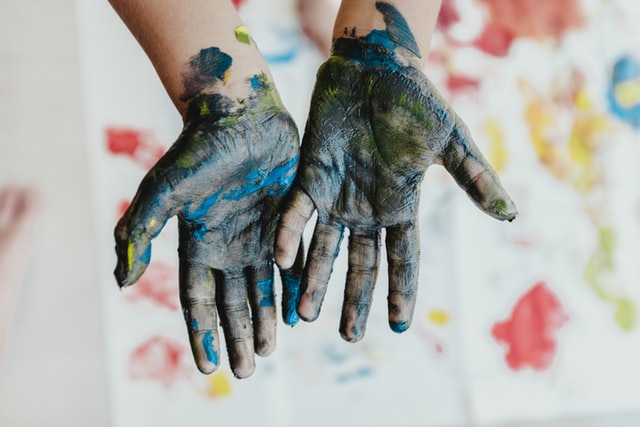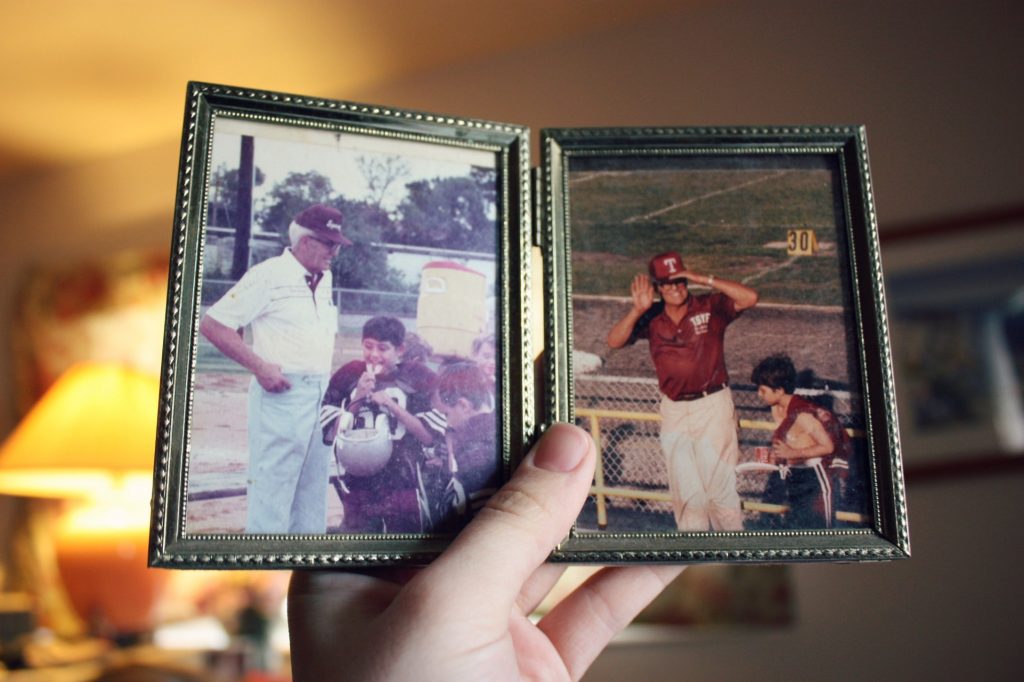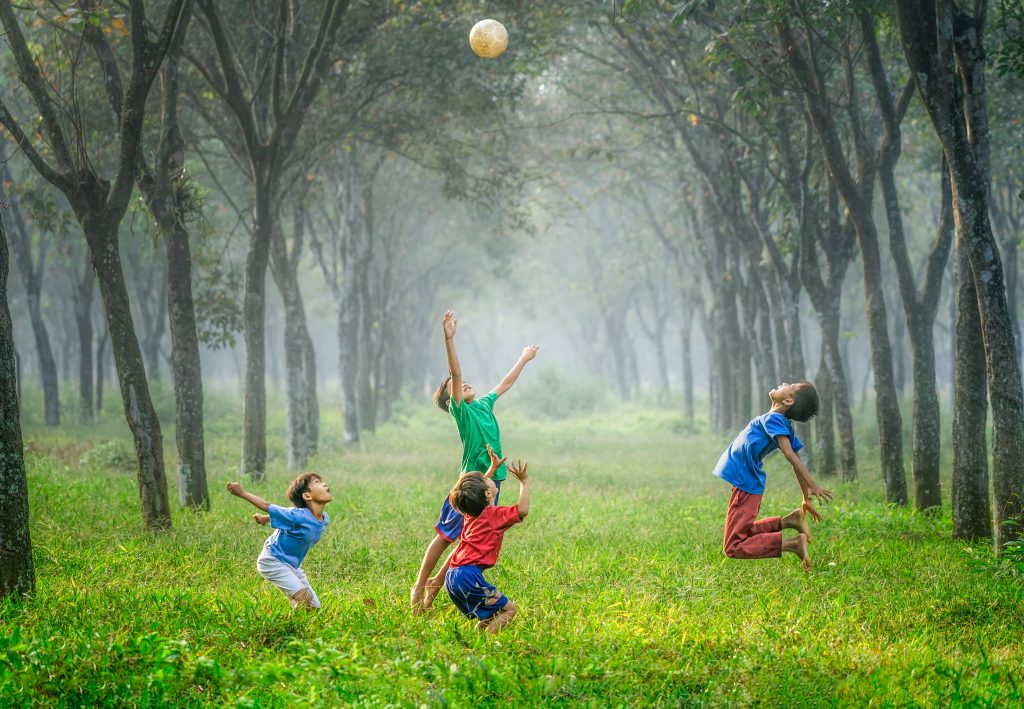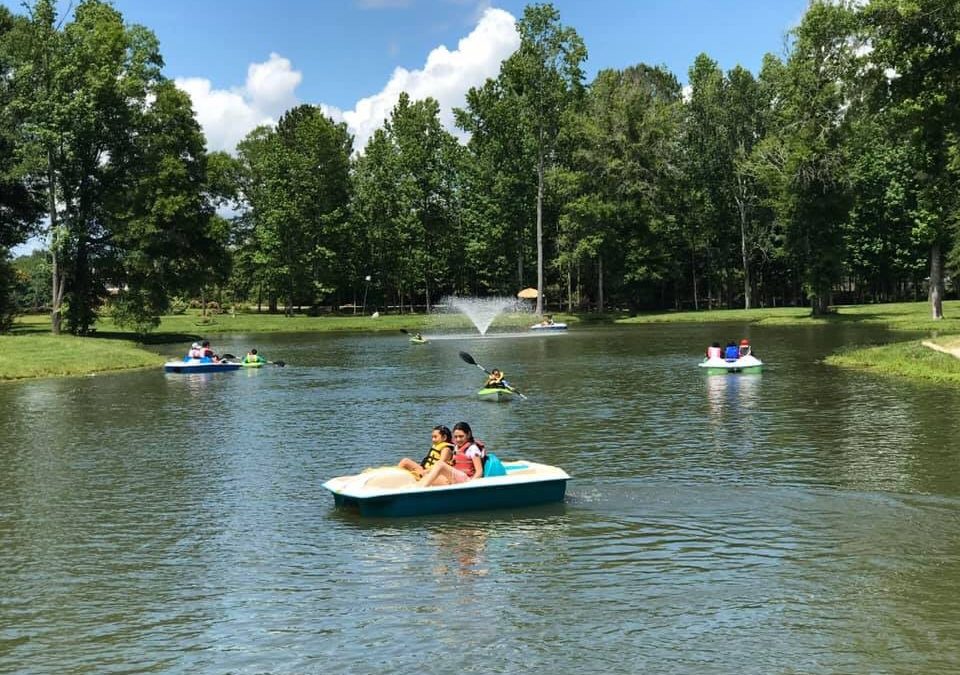Documenting childhood memories
By Shay Stinson
How many of us have that classic, ceramic plate with our hand print on it that we made for one of our parents in preschool? It was probably an item they kept for many years and showed off to all of your relatives. Or some people have bronzed baby shoes to mark their first steps and many people can show off pictures from holidays 20 years ago. Memories and keepsakes tell a story. Whether that story resurrects happy or indifferent memories, keepsakes mark significant milestones and help us remember specific people, places, or situations. When a child is displaced, they lose some of their memories because they lose many, if not all, of their keepsakes.
Children in foster care are in danger of losing documentation of their entire childhood. They could very well become adults and have no memorabilia to show their future children have nothing to evoke reflections when they are searching for their memories of growing up. We in the childcare industry must work hard to assist them with documenting their childhood memories. Here are some ways to make sure our foster children are creating memories and have keepsakes.
Arts and Crafts
With just about every holiday or occasion, you can make arts and crafts to mark the joyful time. There are numerous websites and apps that provide great ideas for age–appropriate arts and crafts. Some of the most popular ones include Pinterest, Instagram and YouTube. Pinterest is a website and app that allows users to make idea boards and even provide instructions for other users to replicate that idea. YouTube is a website and app that provides great tutorial videos for a wide variety of arts and crafts. Many YouTubers provide step \-by–step instructions along with lists of needed supplies. Instagram is also a website and app (functioning best as an app) that is searchable via hashtags for whatever you’re looking for. Try searching under #artsandcrafts or #DIY or under a specific arts and crafts project like #puppets or #scienceprojects. Photos and videos are used on Instagram to guide your desired experience.
 Photo by Bernard Hermant on Unsplash
Photo by Bernard Hermant on UnsplashOnce you’ve chosen your age–appropriate craft ideas and gathered supplies, you can set a time or day to sit with your children and enjoy the fun of making memories. Although it may seem ordinary to do these activities with your kids, some children may not have experienced anything close to this type of activity at home. Older teens may find it boring or may not be readily interested. That’s okay for them not to readily want to participate. Explaining the importance of creating memories you can see may be helpful in gaining their interest. Use this time share some of your own old arts and crafts projects or keepsakes. Tell them the stories behind each item and share how much it means to you to be able to look back and remember a significant time in your life.
Pictures
As parents, we love to look at pictures and see how our children have grown, even if it’s only been months since the last event. Pictures are one of the best ways to capture childhood. Think about the moments in your life that you like to reflect on. There are the days of grade school, including the first and last days of school, various programs that children participate in, and athletic events. Pictures are a great way of freezing a moment in time. As you collect pictures of significant moments, have them printed and create a memory box of photos for your children.
 Photo by Lindy Baker on Unsplash
Photo by Lindy Baker on UnsplashRemember, these are the photos that may get them through a hard time or that they will show to their future families. Try capturing photos that are joyous and natural in unplanned moments. Photos lasts through generations. As we don’t always know the list of traumas foster children have experienced, happy photos can help introduce positive memories. As always, make sure you are not infringing upon their personal space or overwhelming them with the idea. Overall, taking and developing pictures should be a positive experience. Again, explain the importance of keeping and making memories. This is a great time to pull out your old photo albums and show them your childhood memories.
Journaling
Sometimes I sit and reflect on my own childhood and I can remember the way the grass felt on my feet during Spring. I wish now, as an adult, that I knew then to document my feelings. With age, your memory can change. Journaling can help people capture their emotions in a moment. This is also a great way to help your children with writing skills and being creative. You can use writing prompts or brainstorming to help them gather their thoughts.
Journaling has also been a proven method to manage stress. You may want to encourage your children to journal at a certain time during the day or to journal at least once a week for 30 minutes to reflect. A new notebook, a special journal, or a colorful pen set may get them excited about journaling. Younger children can write as much as they are able to about a wide variety of things. They may want to write about their family or friends that they miss. If they are unable to write, have them express thoughts to you and you document them and collect them on their behalf until they are able.
This activity will not always be joyous because your children are expressing raw emotions. The key to safe journaling is knowing that you have complete privacy. Make sure they know you are not going to snoop or pry into their private thought and that this journal is for their private thoughts.
 Photo by Robert Collins on Unsplash
Photo by Robert Collins on UnsplashCapturing memories can be fun for all ages and a great way to bond with your foster children. The use of modern technology has made capturing moments easier and more accommodating to every skill set. We must explain to our children the importance of keeping memories. Circumstances of their pasts may have made foster children more apprehensive about memories in general. As we know, not every memory is a positive one. Be careful not to force memory keeping in any form on your children. You can easily be the record keeper on their behalf. Make sure that every moment you capture goes with them. Create a memory box or filing system (like creating an email for them and emailing them their memories) and make sure they know how to keep up with keepsakes and items that are personal to them. One day, years from now, your children will look at those items and remember their time with you as a parent who sat down with them and helped them create positive memories.

